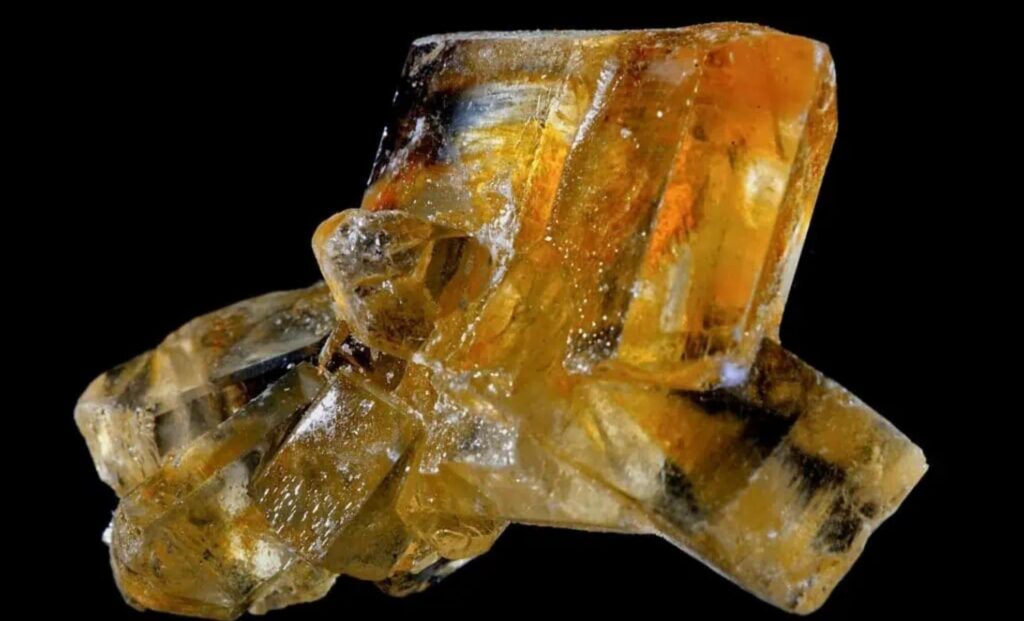Their experiment, part of the SWEET project, used sucrose crystals cooled to near absolute zero to try and detect interactions with low-mass dark matter particles. While no such particles were found, the concept worked—and could open a new chapter in particle physics.
Decades of effort and billions of dollars have been poured into the search for dark matter, a mysterious substance that makes up the majority of the universe’s mass. Yet despite its gravitational fingerprint on galaxies and stars, dark matter continues to elude direct detection. Traditional detectors have come up empty, prompting physicists to rethink both their materials and their assumptions.
This latest attempt marks a departure from the large-scale xenon-filled chambers of the past. Instead, the team looked to organic materials—specifically, sugar—as a low-cost, high-sensitivity alternative capable of detecting subtler, lighter particles. The effort reflects a broader shift within the field: rather than chasing heavy particles that haven’t appeared, scientists are now designing experiments to capture lighter candidates.
Rethinking A Decades-old Approach
For years, the field focused on so-called WIMPs—Weakly Interacting Massive Particles. These theoretical particles were believed to be up to 100 times heavier than a proton and were expected to interact rarely but measurably with atomic nuclei. Massive detectors were built underground to shield them from background noise, filled with noble gases like xenon or elements like germanium.

According to ZME Science, this approach didn’t deliver. After repeated failures to detect a single WIMP, physicists faced a conceptual impasse. As the WIMP hypothesis lost momentum, attention shifted toward light dark matter—particles with masses smaller than that of a proton. Detecting these lighter particles requires an entirely different experimental strategy, one that traditional detectors weren’t built for.
Sugar crystals offer a novel solution. Each molecule of sucrose contains 22 hydrogen atoms, giving it a high density of potential interaction sites. That density could make sucrose more effective than other materials when targeting lighter particles—provided the detectors are sensitive enough.


How The Sweet Experiment Worked
To test this idea, the researchers created high-quality sugar crystals by dissolving commercial sugar in deionized water, producing a supersaturated solution. Over several weeks, the solution was cooled slowly, and large crystals formed on nylon wires suspended within it. These monocrystalline samples were then cooled to cryogenic temperatures and outfitted with detectors capable of picking up even tiny pulses of energy.
The entire setup was kept in a surface laboratory, where it ran for 19 hours. During this time, the detector successfully recorded interaction pulses consistent with particle activity. Although none of these were linked to dark matter, they proved that the detection system itself functioned as intended.
Carlos Blanco, a physicist at Pennsylvania State University, described the setup’s sensitivity as promising. As reported by the same source, he noted that the results were useful despite being negative, particularly in refining methods and identifying sources of interference. One such source was carbon-14, a naturally occurring isotope found in all organic material—including sugar—which can introduce unwanted background noise.


Results Show Potential, Not Proof
While the experiment didn’t produce any dark matter detections, it did establish the feasibility of using sugar-based detectors. This approach opens the door to a new class of organic detectors for light dark matter particles—one that might be especially valuable given the limitations of previous technologies.
The researchers are already planning improvements. These include growing purer crystals and moving future tests underground to limit background interference from radiation. The project’s early success in capturing clean interaction signals shows that even everyday materials, when paired with precise engineering, can play a role in unraveling one of the universe’s biggest mysteries.

